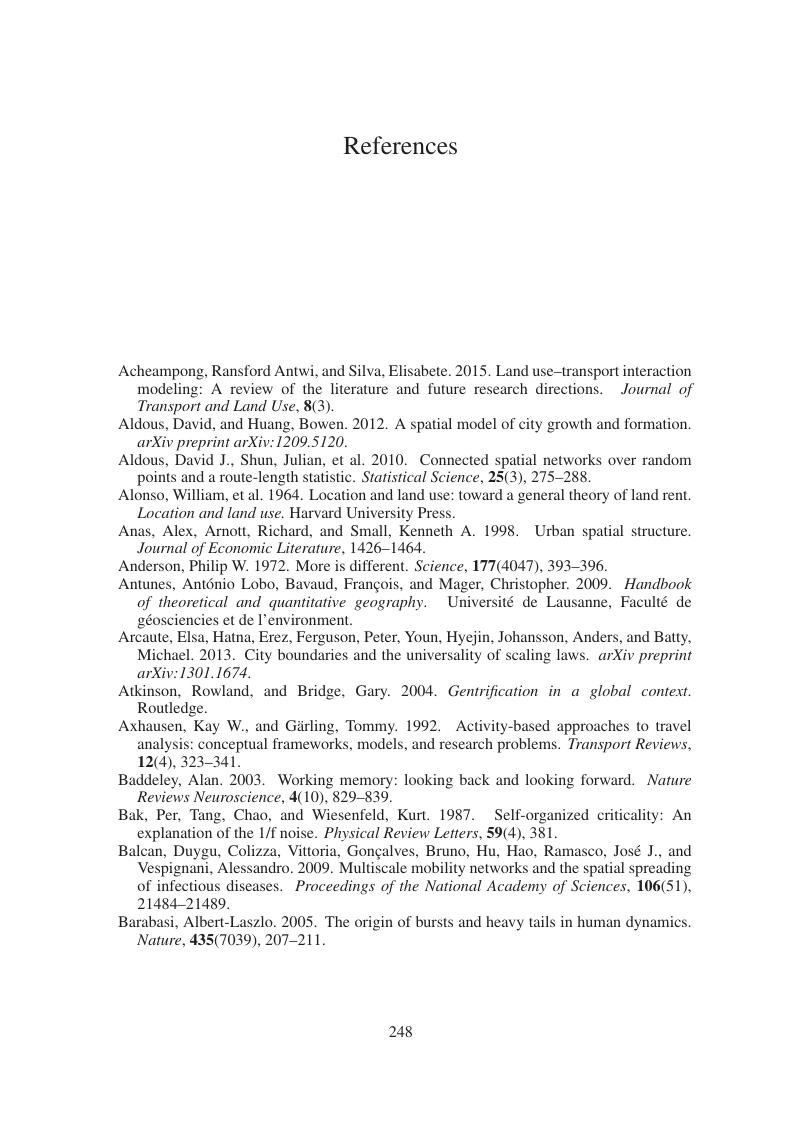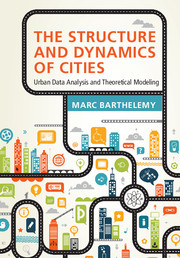Book contents
References
Published online by Cambridge University Press: 10 November 2016
Summary

- Type
- Chapter
- Information
- The Structure and Dynamics of CitiesUrban Data Analysis and Theoretical Modeling, pp. 248 - 260Publisher: Cambridge University PressPrint publication year: 2016



